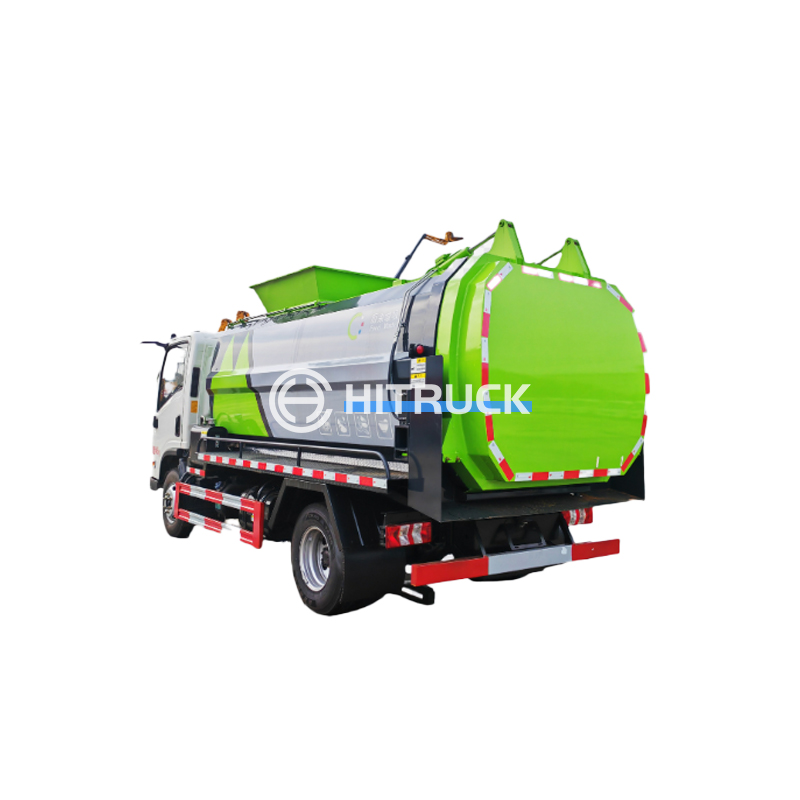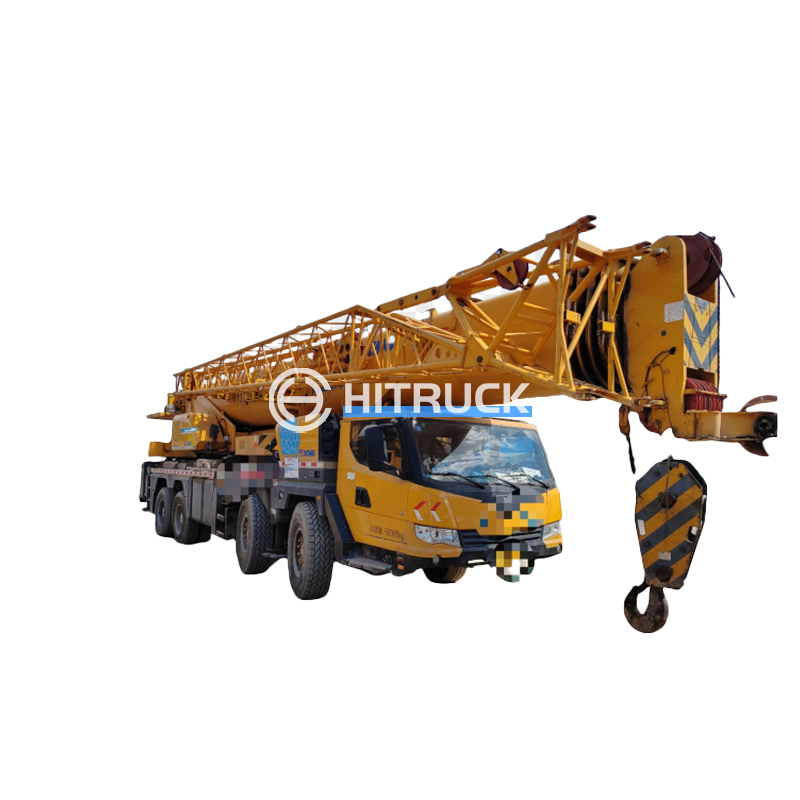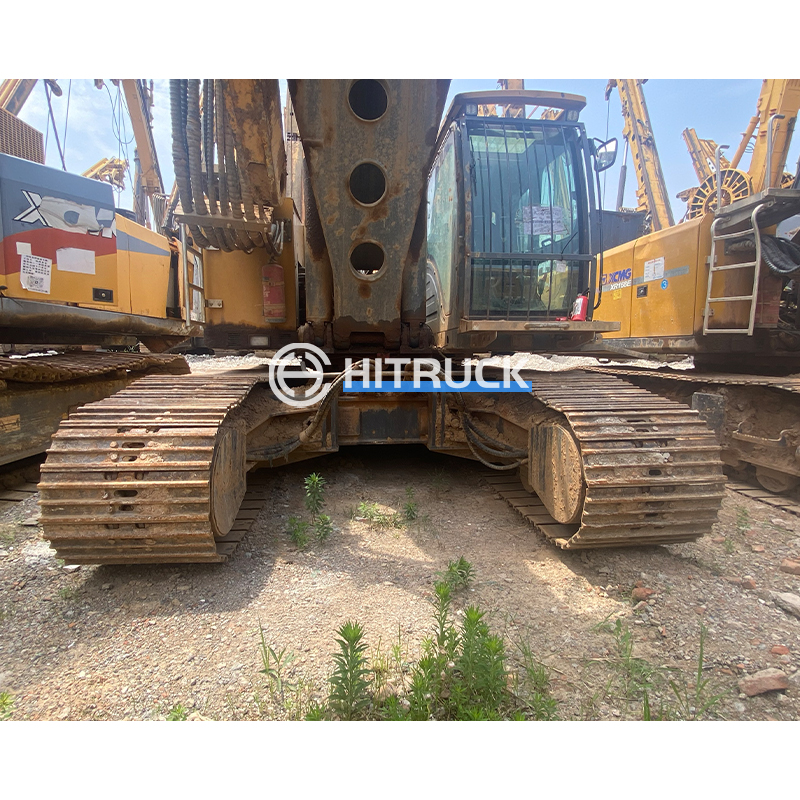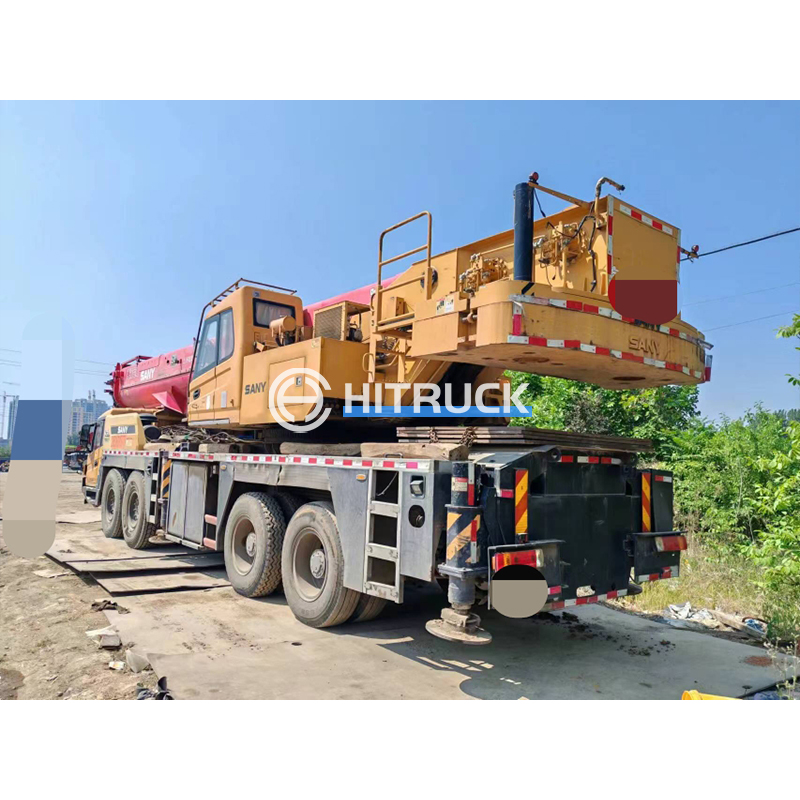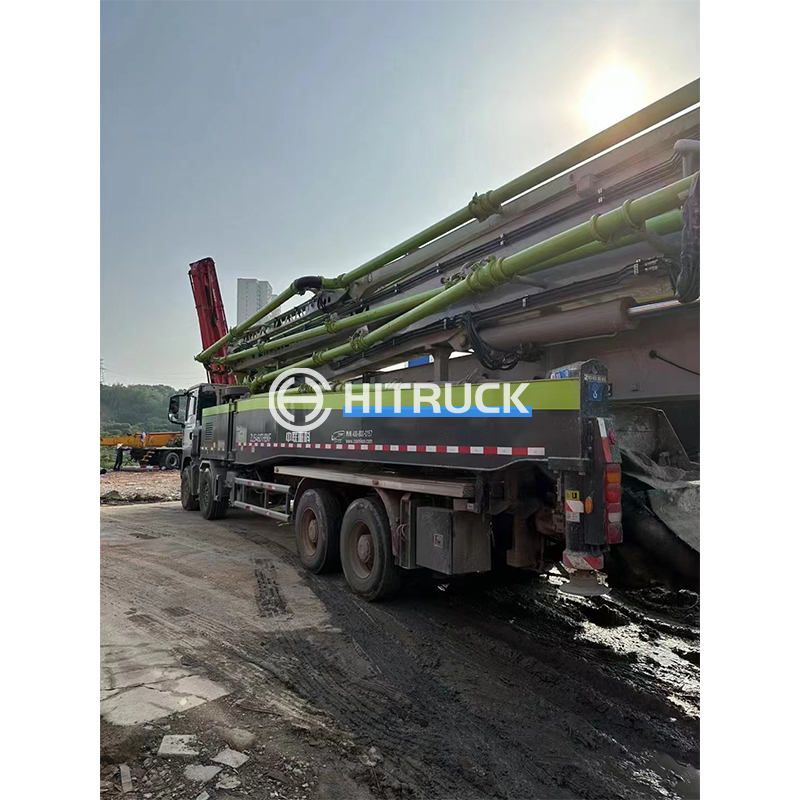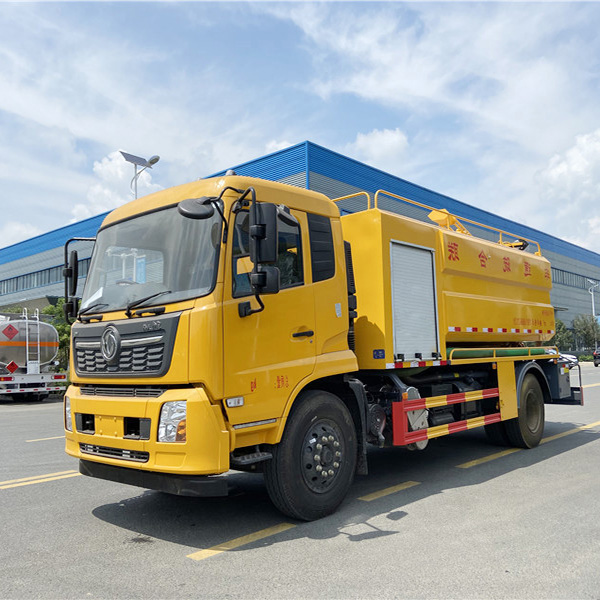The Largest Cement Mixer Trucks: A Comprehensive Guide
Discover the behemoths of the construction world – the largest cement mixer trucks available. This guide explores their impressive capacity, unique features, and the factors influencing their size and design. We’ll delve into the applications, advantages, and considerations when choosing a largest cement mixer truck for your project.
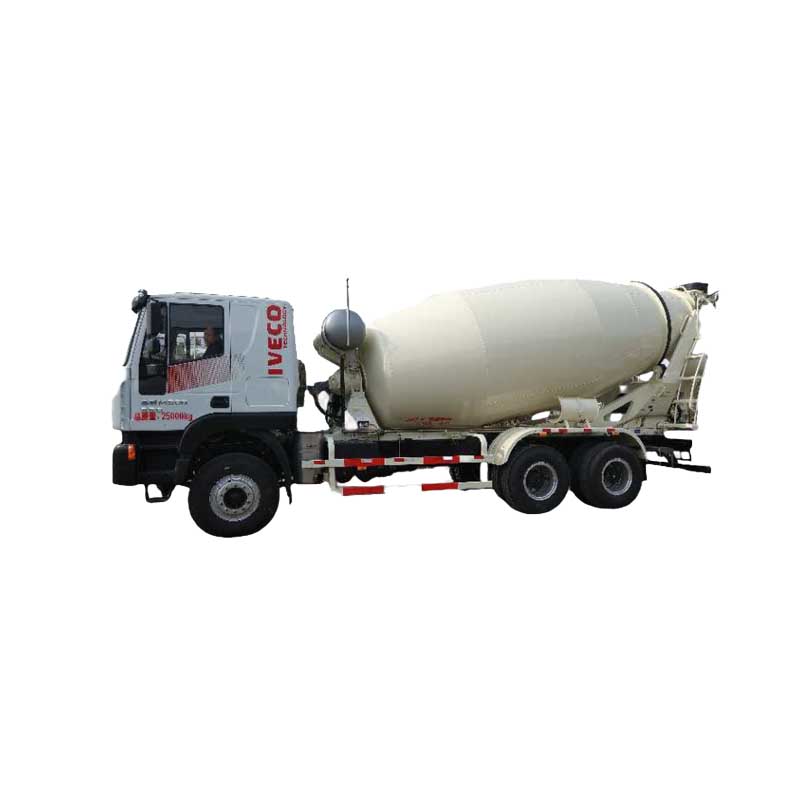
Understanding the Need for Extra-Large Cement Mixers
Large-scale construction projects, such as dams, bridges, and expansive infrastructure developments, necessitate the use of largest cement mixer trucks. These vehicles are engineered to transport massive volumes of concrete efficiently, minimizing the number of trips required to the job site and ultimately saving time and money. The sheer scale of these projects demands a solution that can handle the immense concrete requirements without compromising on speed or efficiency. Choosing the right size is crucial for project success; a truck too small will lead to delays, while one too large might be impractical for the site’s accessibility.
Factors Determining the Size of a Cement Mixer Truck
Drum Capacity: The Key Indicator
The most significant factor defining a largest cement mixer truck is its drum capacity. Capacity is typically measured in cubic yards or cubic meters. While smaller trucks might range from 6 to 10 cubic yards, the truly massive models can exceed 20 cubic yards. This capacity directly relates to the volume of concrete that can be transported in a single load. Larger capacities translate to fewer trips and increased productivity.
Chassis and Engine Power: Supporting the Load
The chassis and engine are equally crucial. To handle the weight of such a large drum filled with concrete, a robust chassis and a powerful engine are necessary. These components work in tandem to ensure safe and efficient operation, even on challenging terrains. Stronger components often come at a higher initial cost, but the long-term benefits in terms of reliability and longevity outweigh the upfront investment.
Maneuverability and Site Accessibility: Practical Considerations
While capacity is important, the maneuverability and accessibility of the largest cement mixer truck on the construction site must also be considered. Extremely large trucks may struggle to navigate tight spaces or challenging terrains. Therefore, a balance between capacity and practicality needs to be achieved, matching the truck’s size and capabilities to the specific demands of the project.
Examples of Largest Cement Mixer Trucks
While precise specifications and largest claims can vary depending on manufacturer and model year, several manufacturers produce exceptionally large cement mixer trucks. Researching manufacturers directly (such as this one) will provide the most up-to-date information on current models and specifications. Always check the manufacturer’s website for detailed specifications and capacity information before making a purchase decision.
Choosing the Right Largest Cement Mixer Truck for Your Project
Selecting the appropriate largest cement mixer truck requires careful consideration of various factors, including project scope, site accessibility, budget, and long-term operational costs. A thorough assessment of these factors is crucial to ensure optimal efficiency and productivity throughout the construction process. Consulting with industry professionals and obtaining quotes from reputable suppliers will aid in making an informed decision.
Maintenance and Operation of Large Cement Mixers
Proper maintenance is essential to ensure the longevity and efficiency of these large machines. Regular inspections, timely servicing, and the use of high-quality parts are crucial. Ignoring maintenance can lead to costly repairs and downtime. Operator training is also crucial to ensure safe and efficient operation.
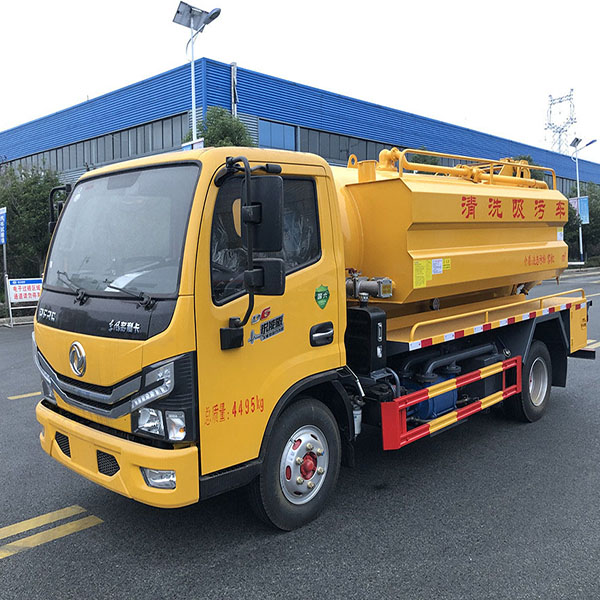
Conclusion
The largest cement mixer trucks represent a significant advancement in construction logistics, enabling efficient handling of massive concrete volumes in large-scale projects. By understanding the factors influencing their design and capabilities, construction companies can make informed decisions that optimize their operations and contribute to project success. Remember to always prioritize safety and adhere to industry best practices.
table { width: 700px; margin: 20px auto; border-collapse: collapse;}th, td { border: 1px solid #ddd; padding: 8px; text-align: left;}th { background-color: #f2f2f2;}




